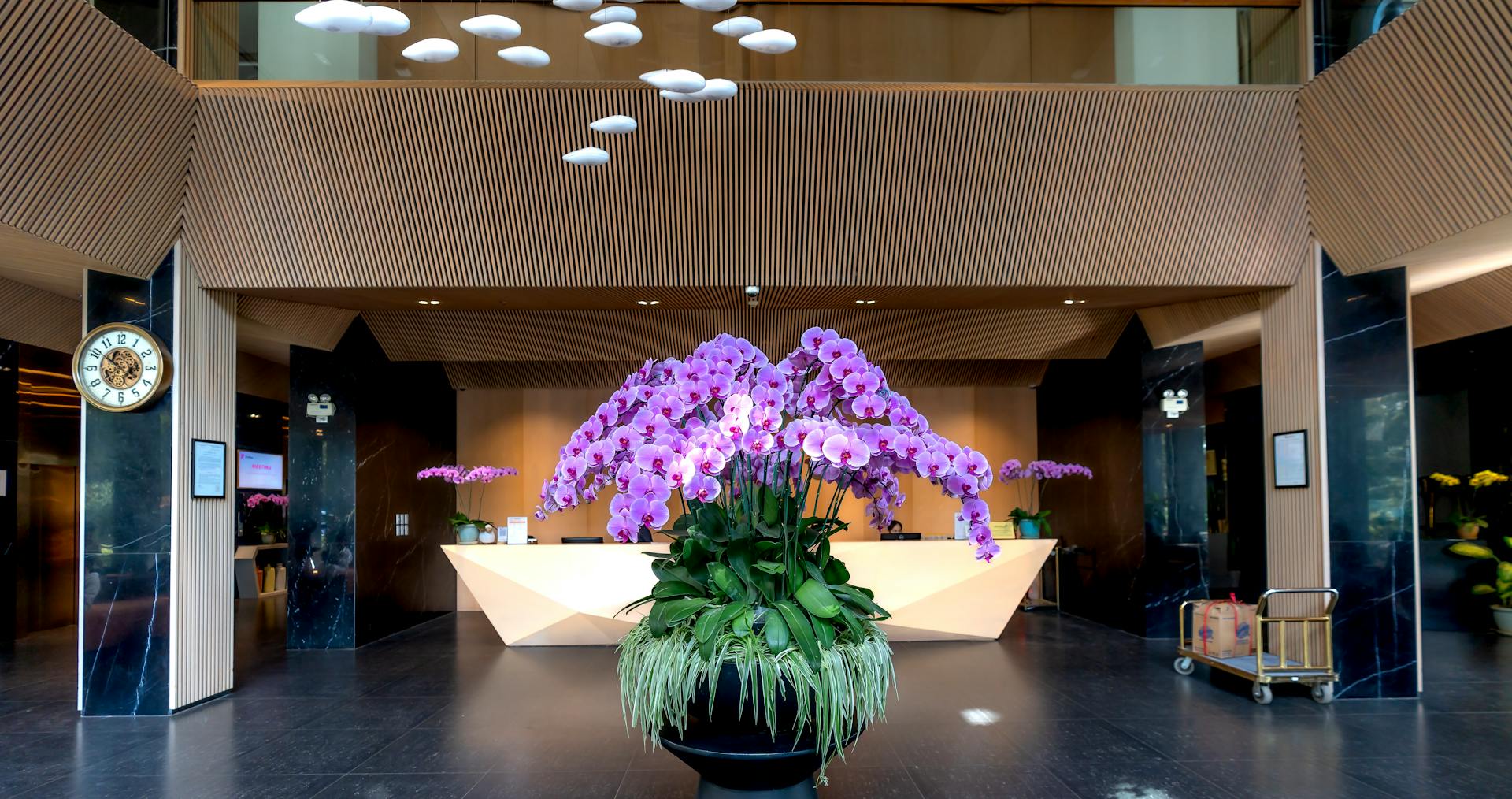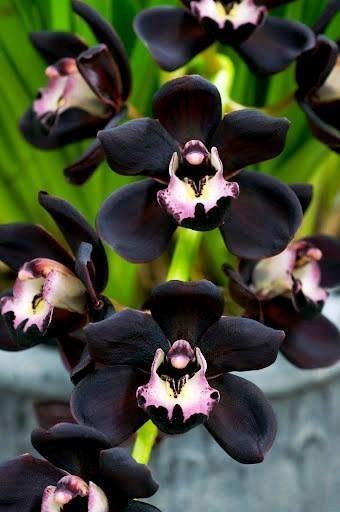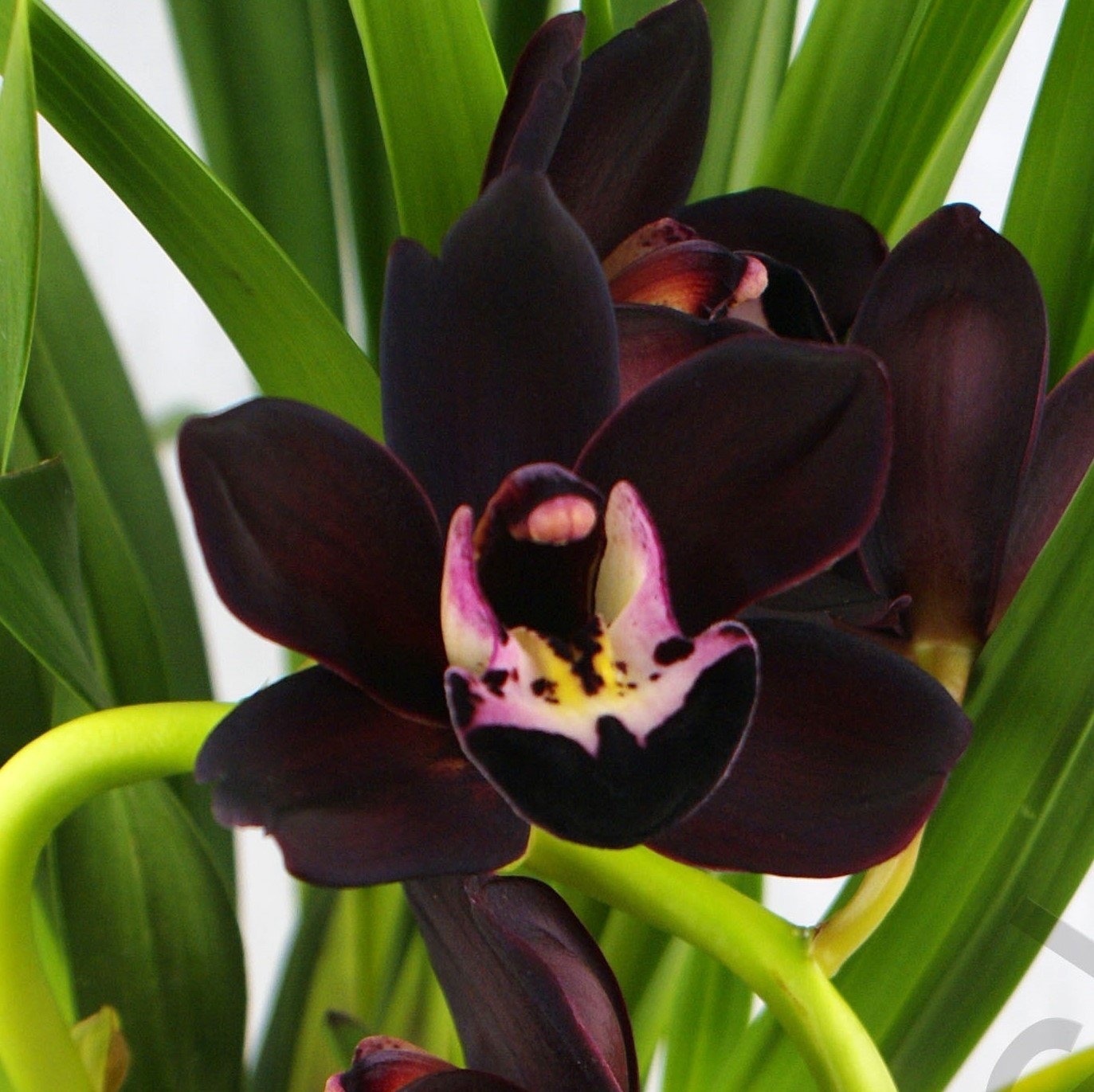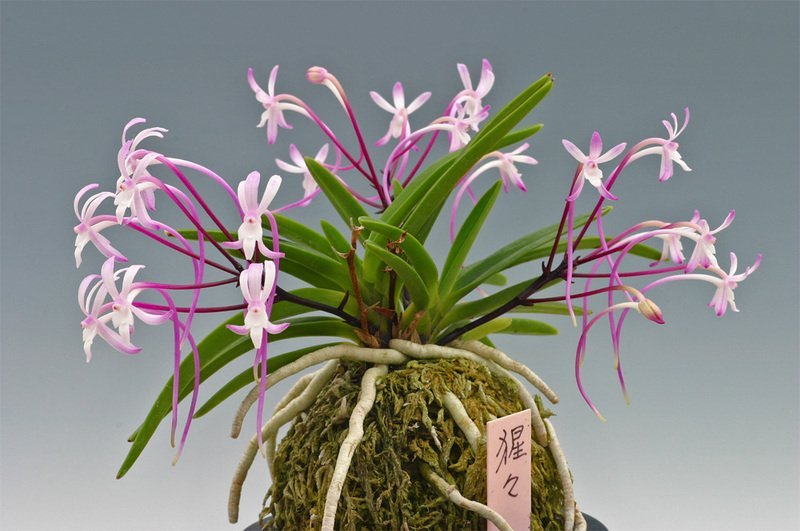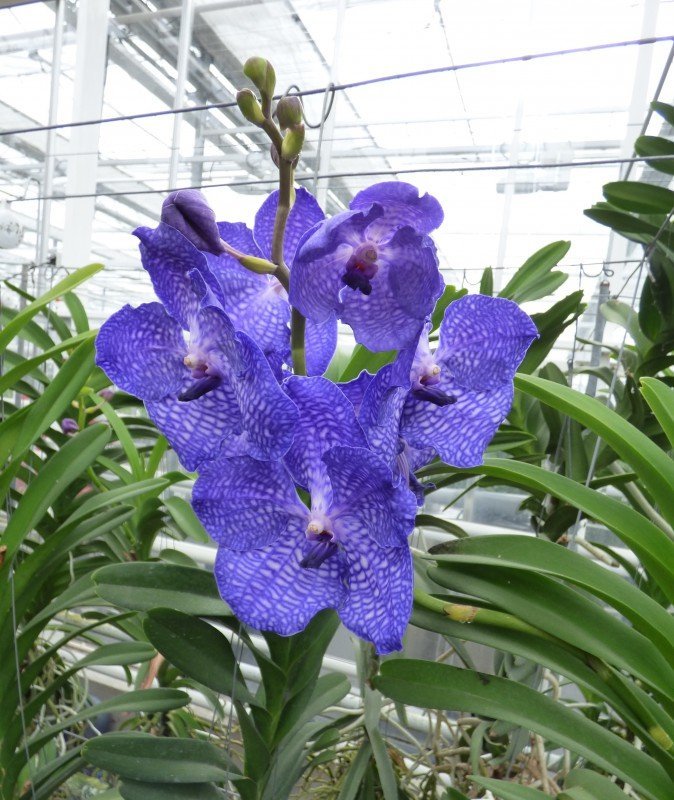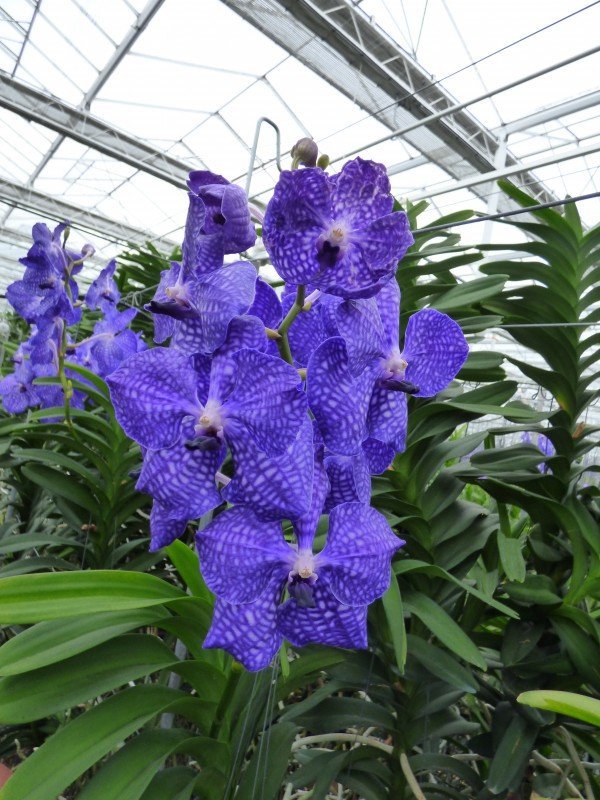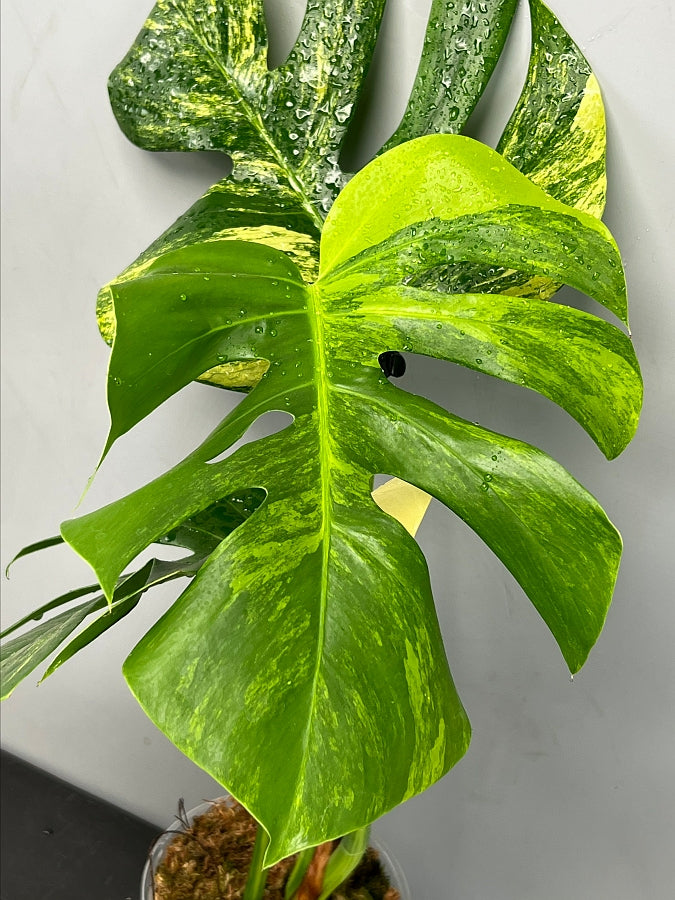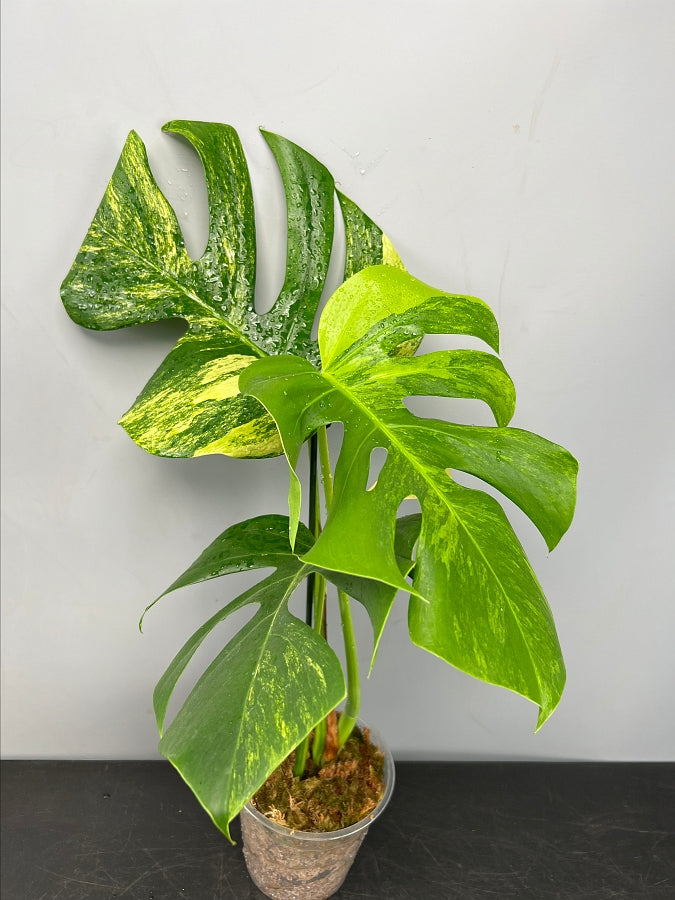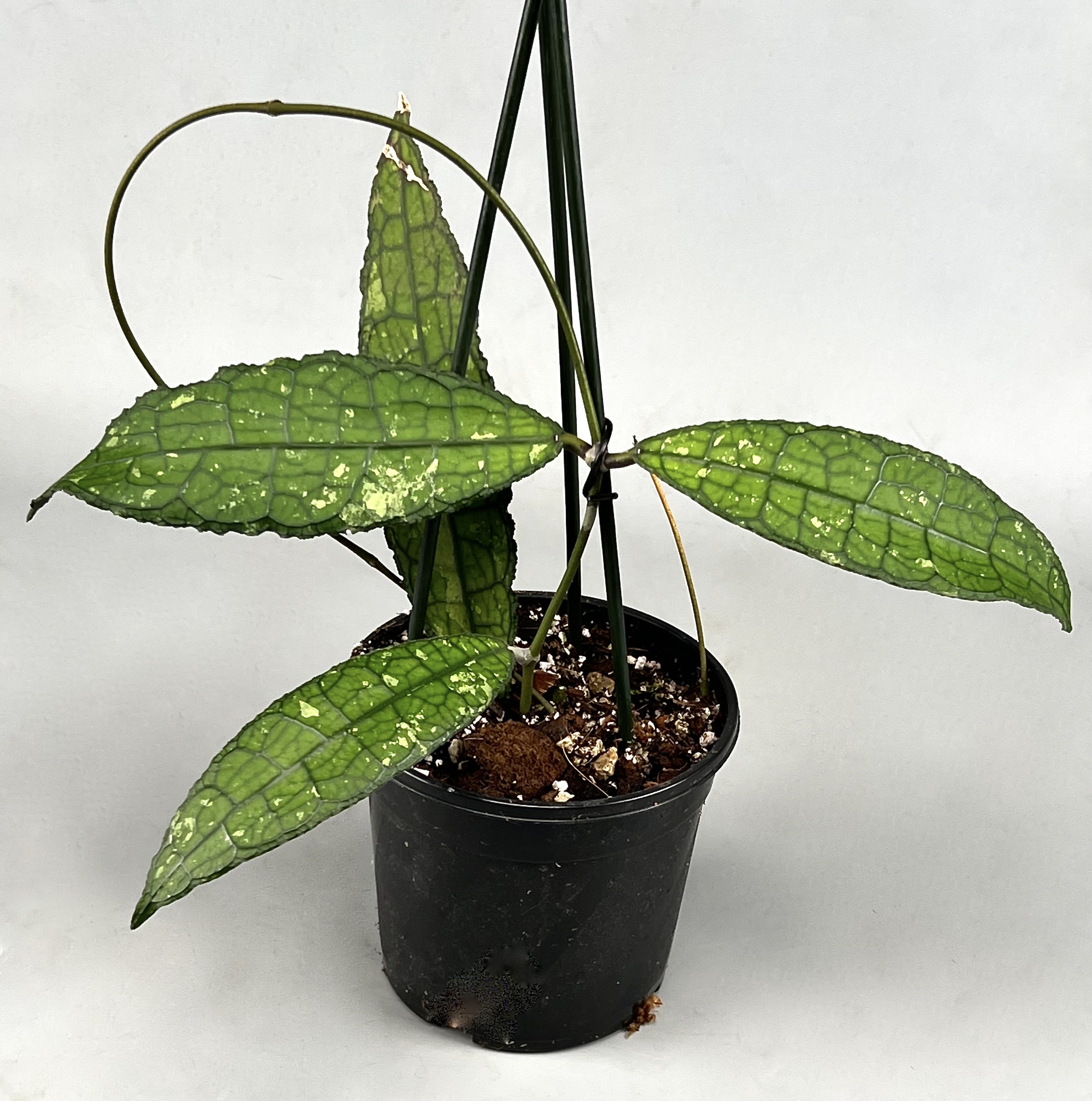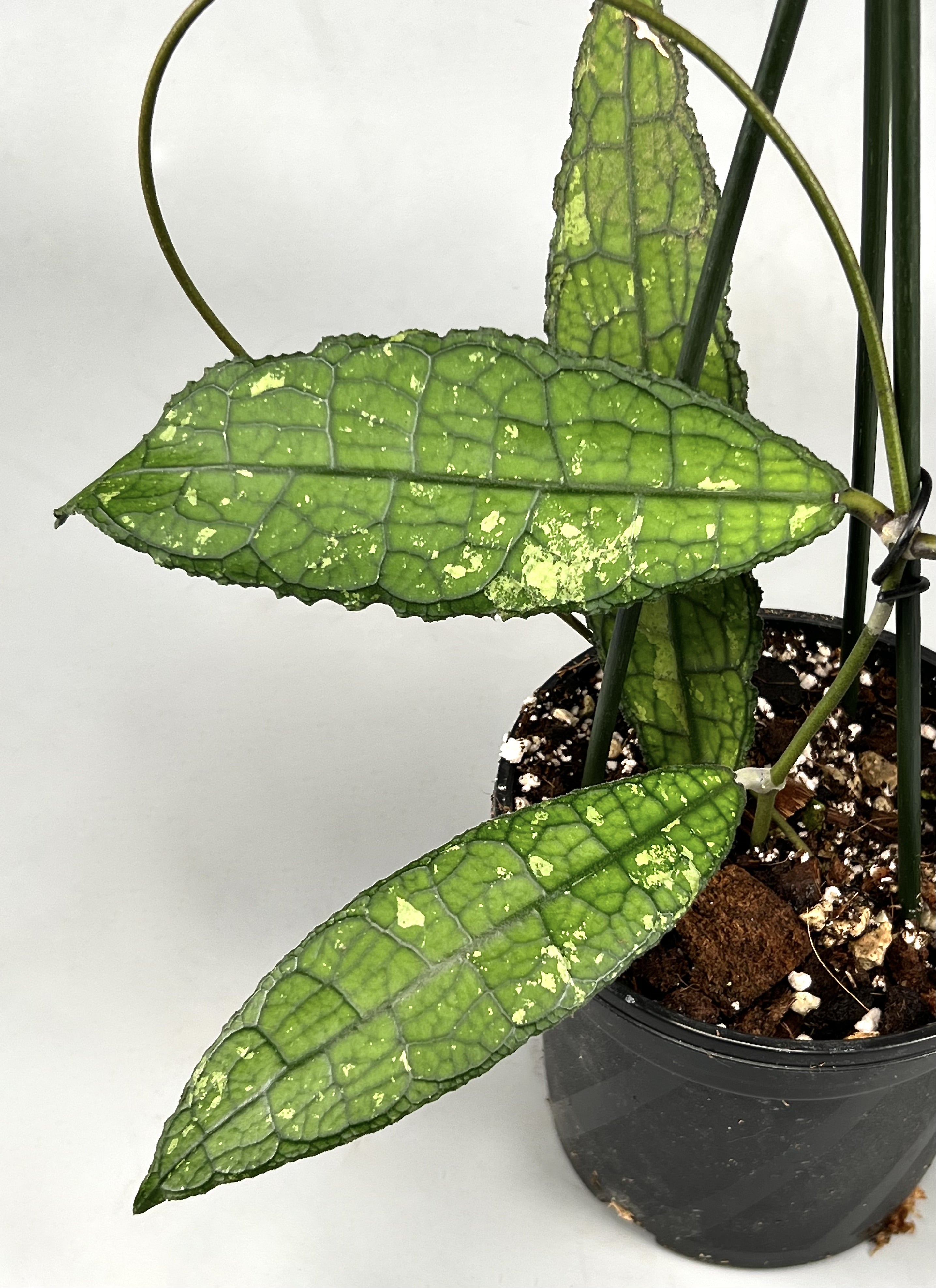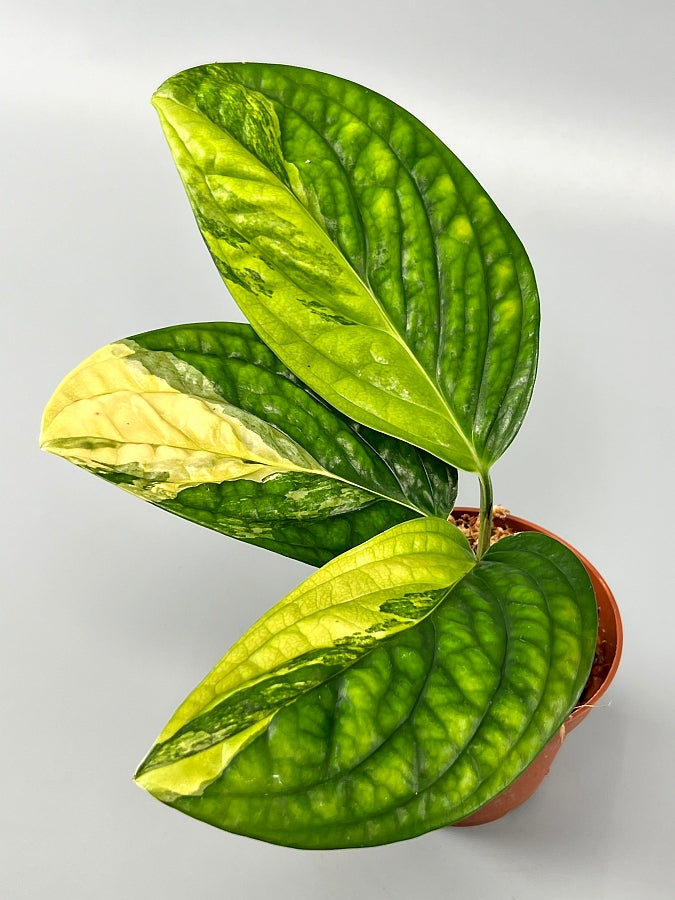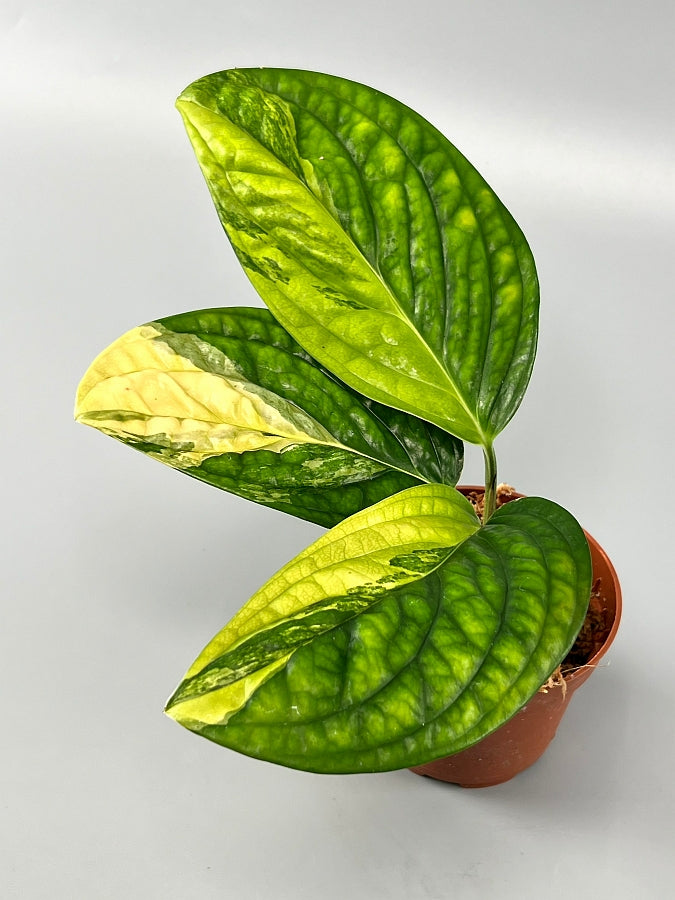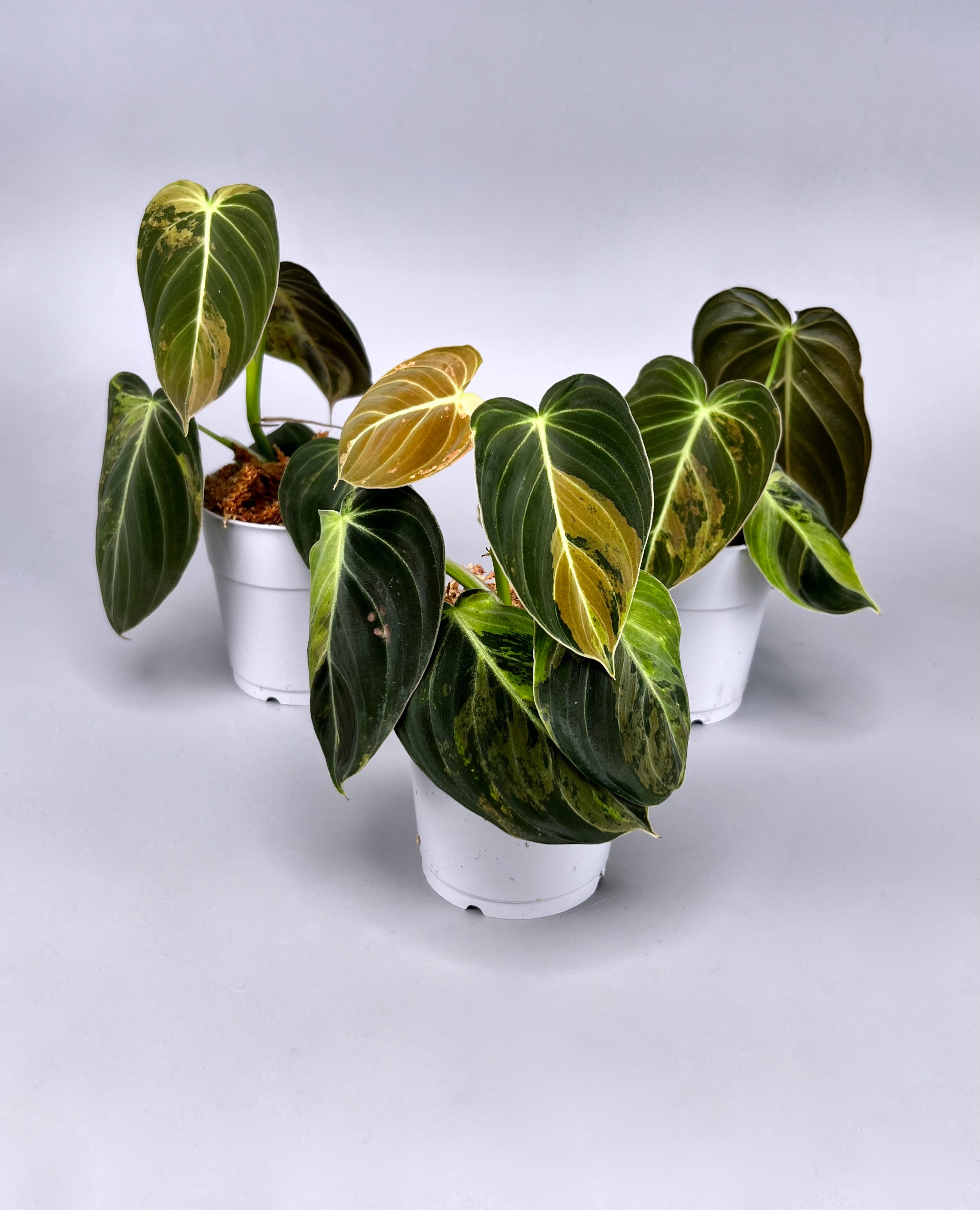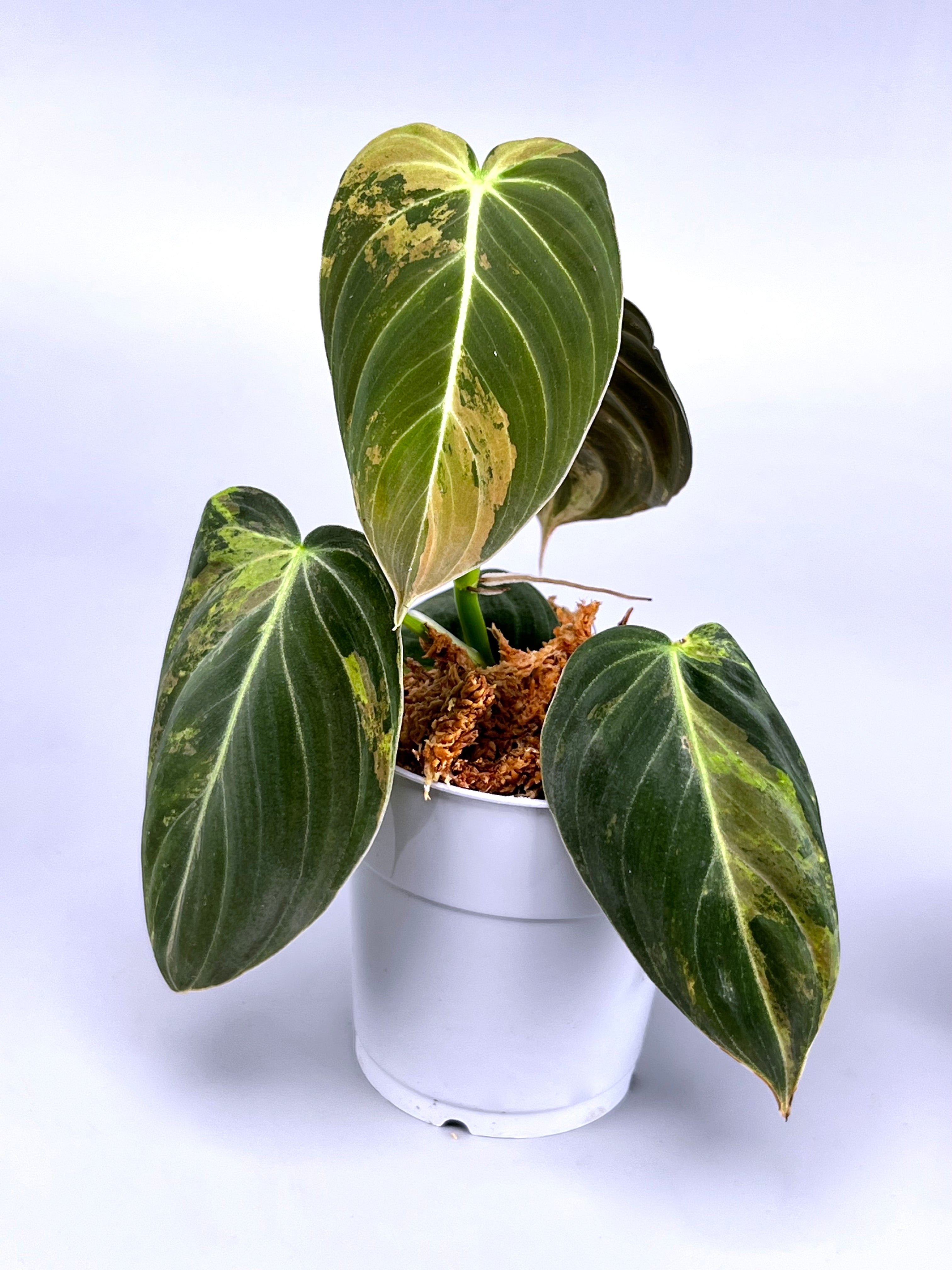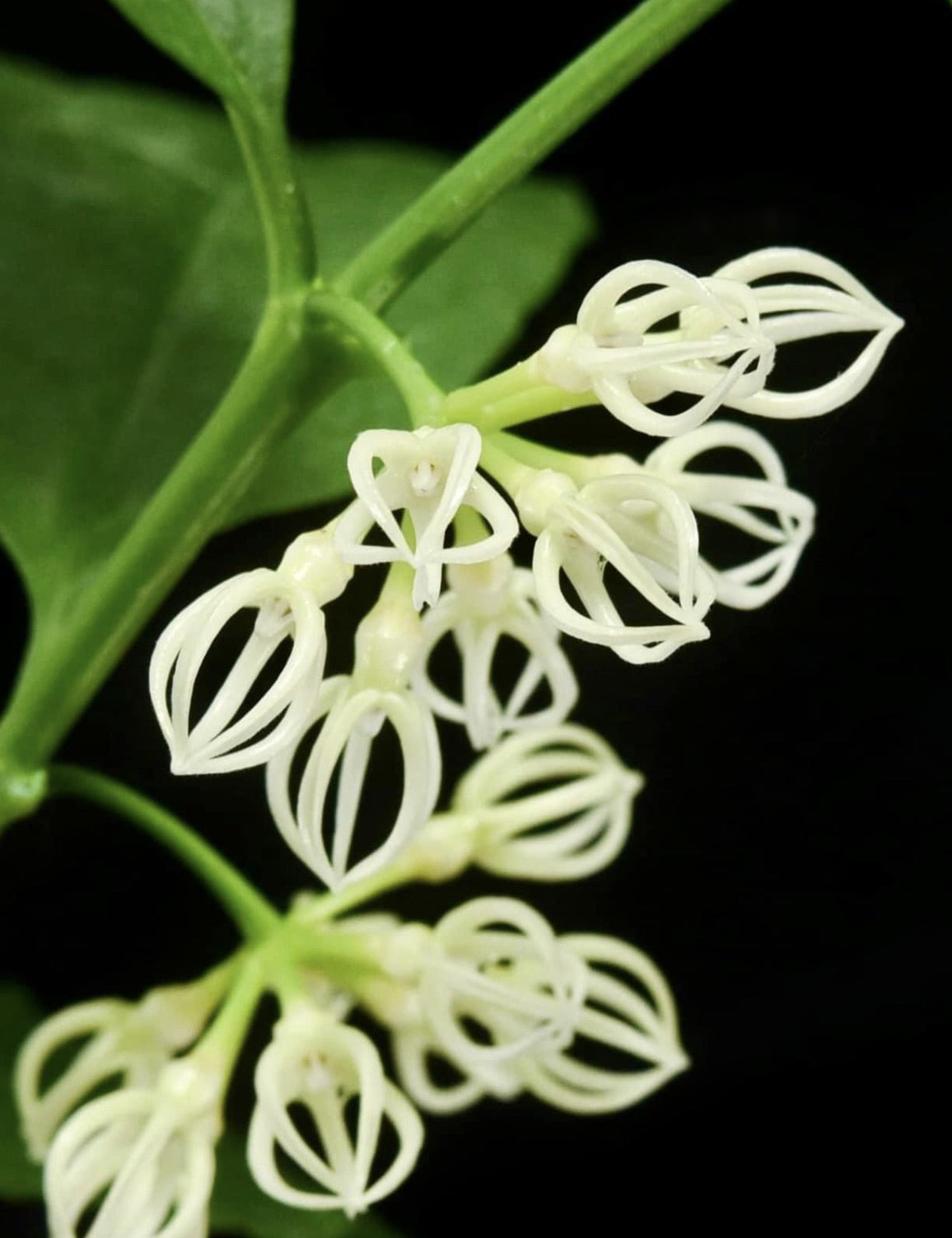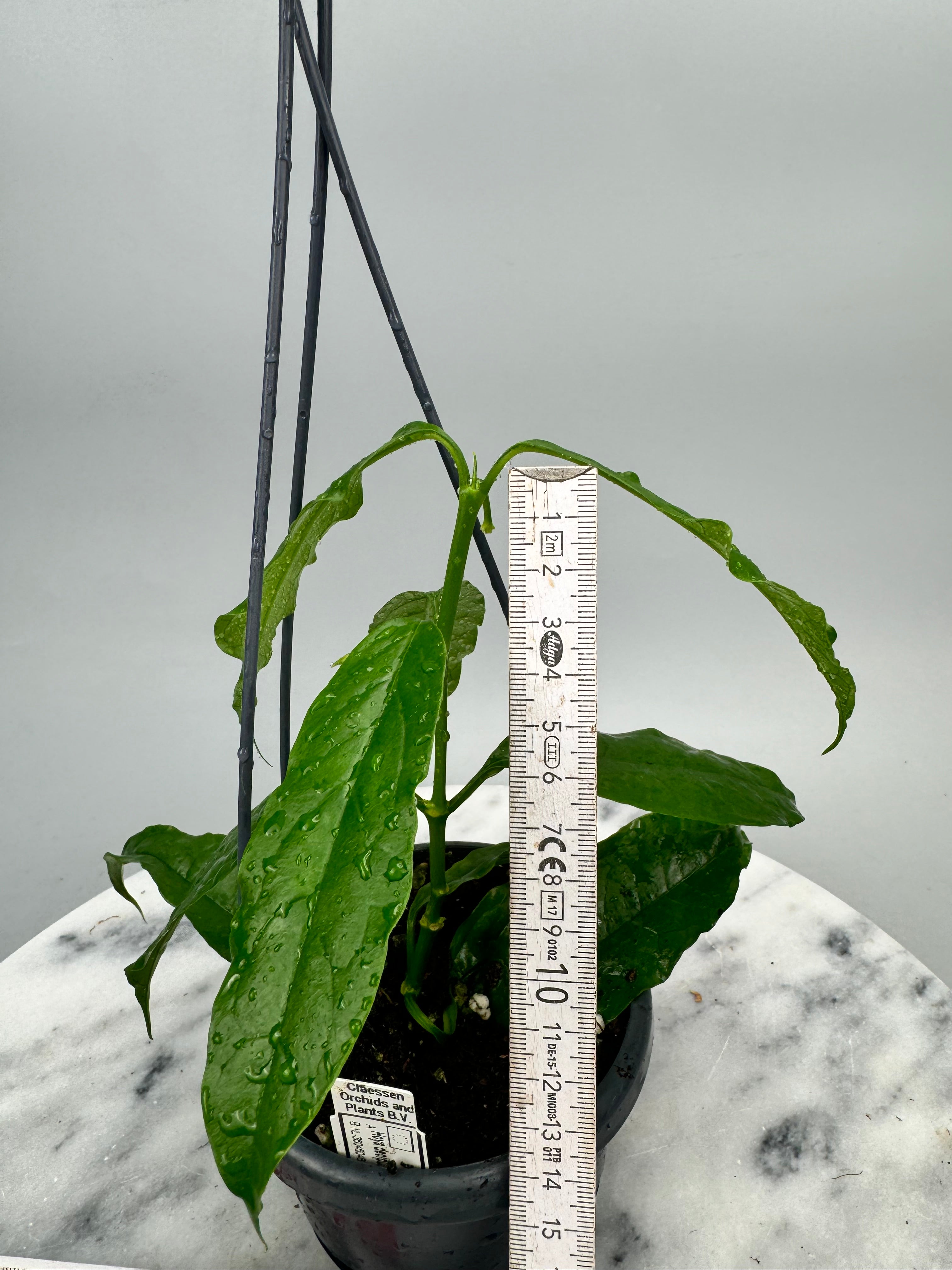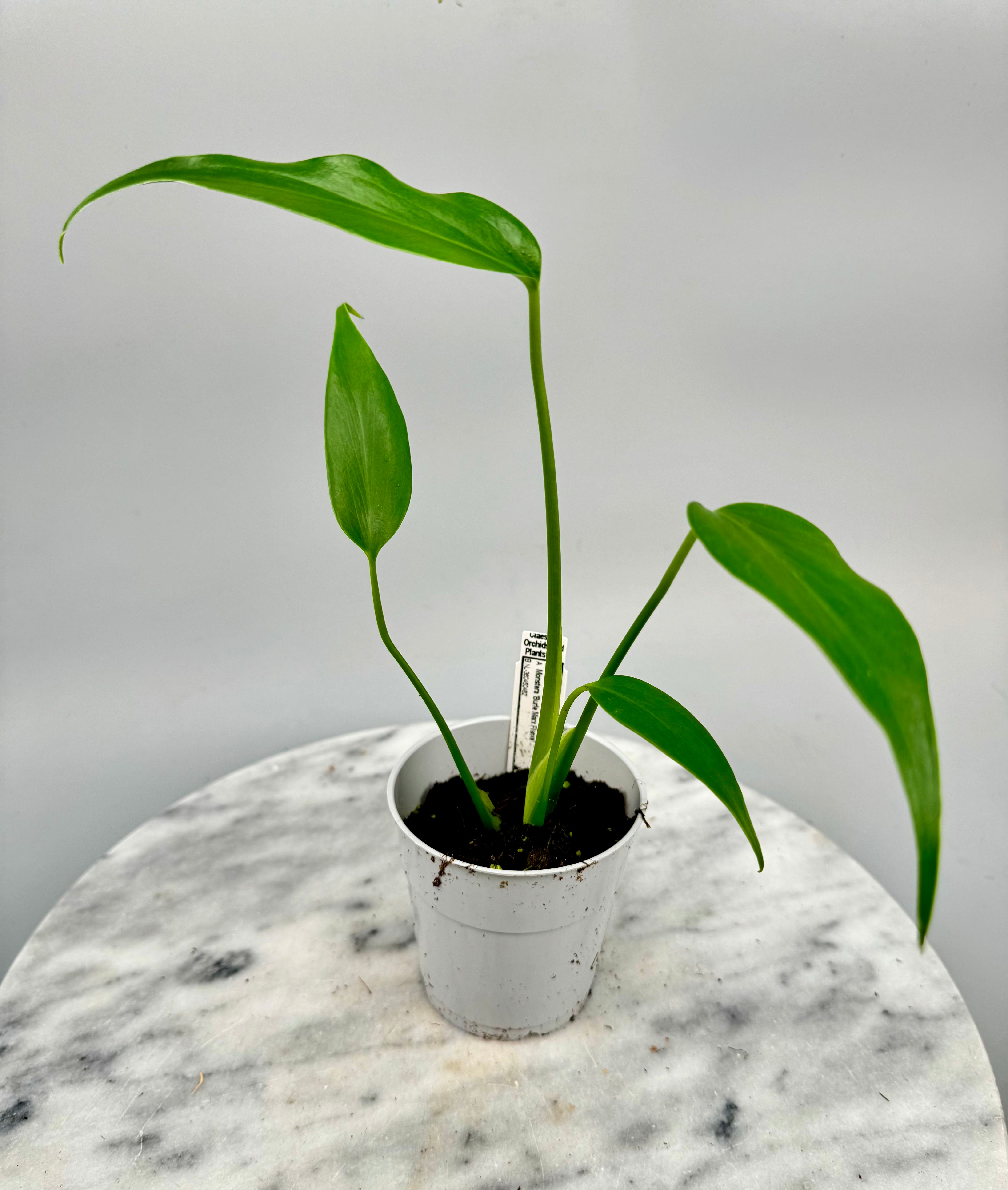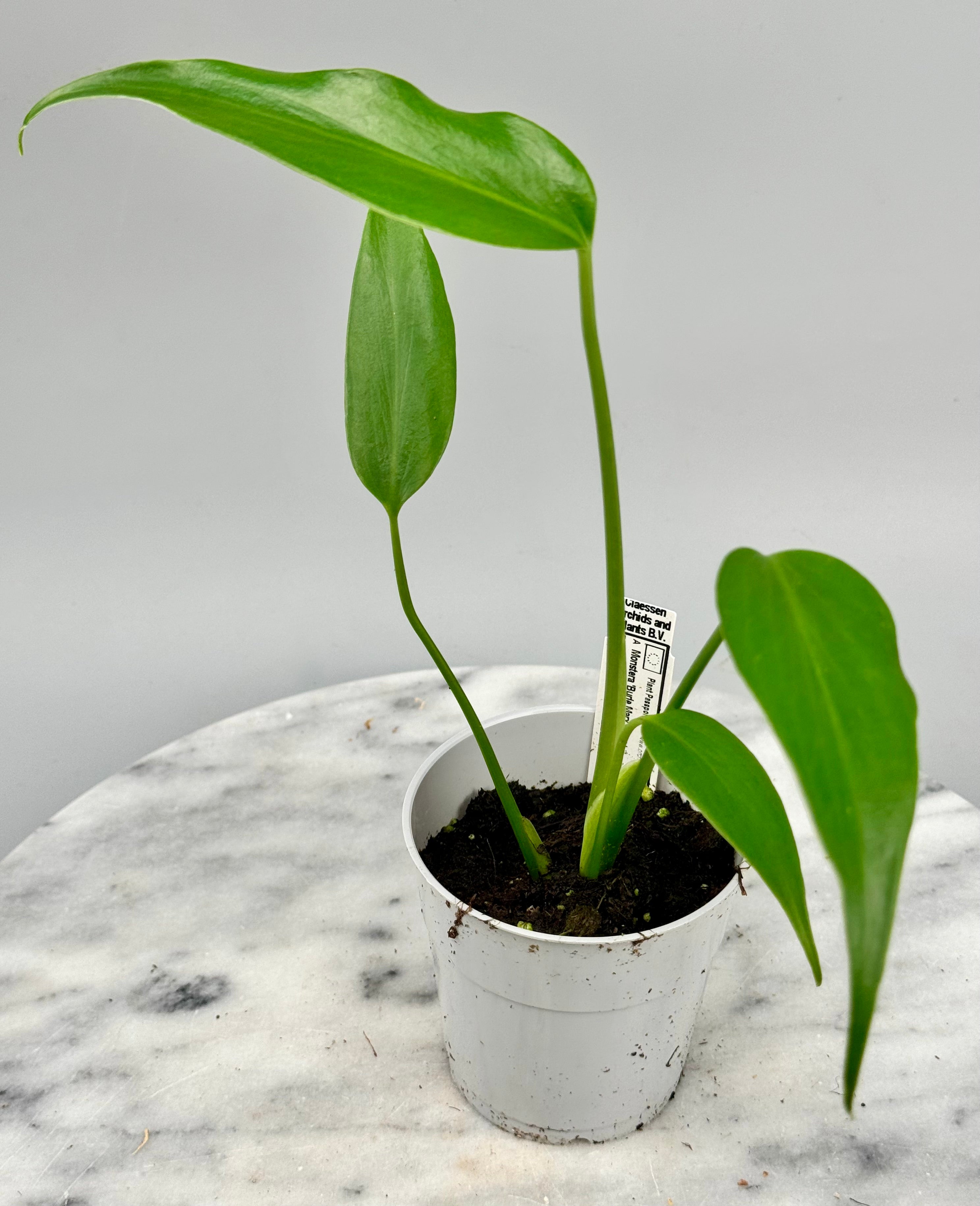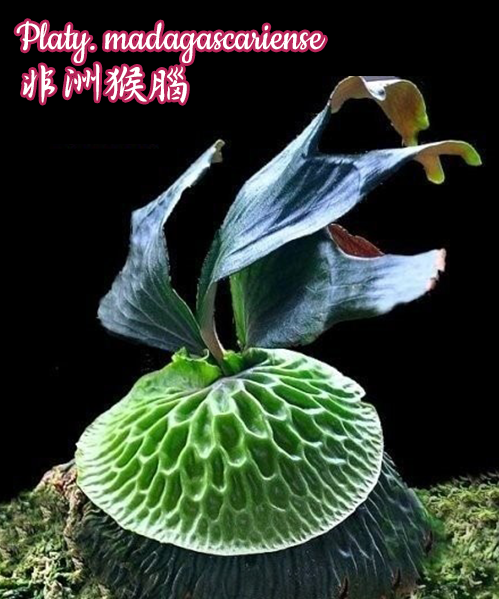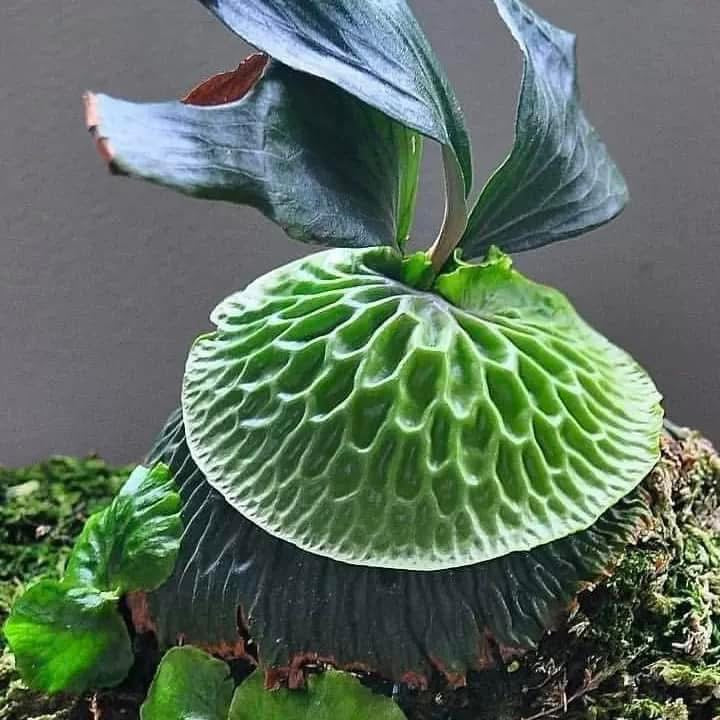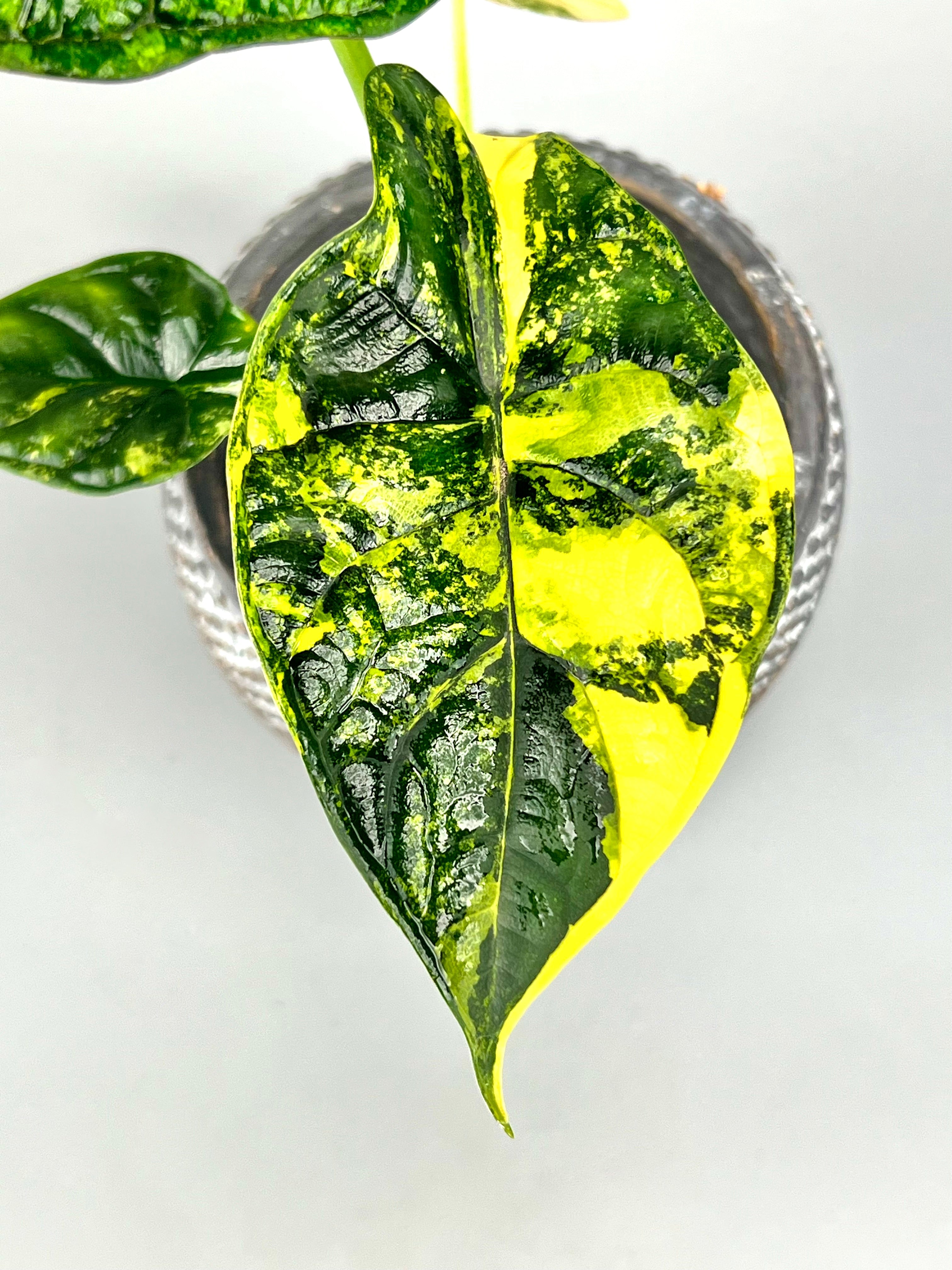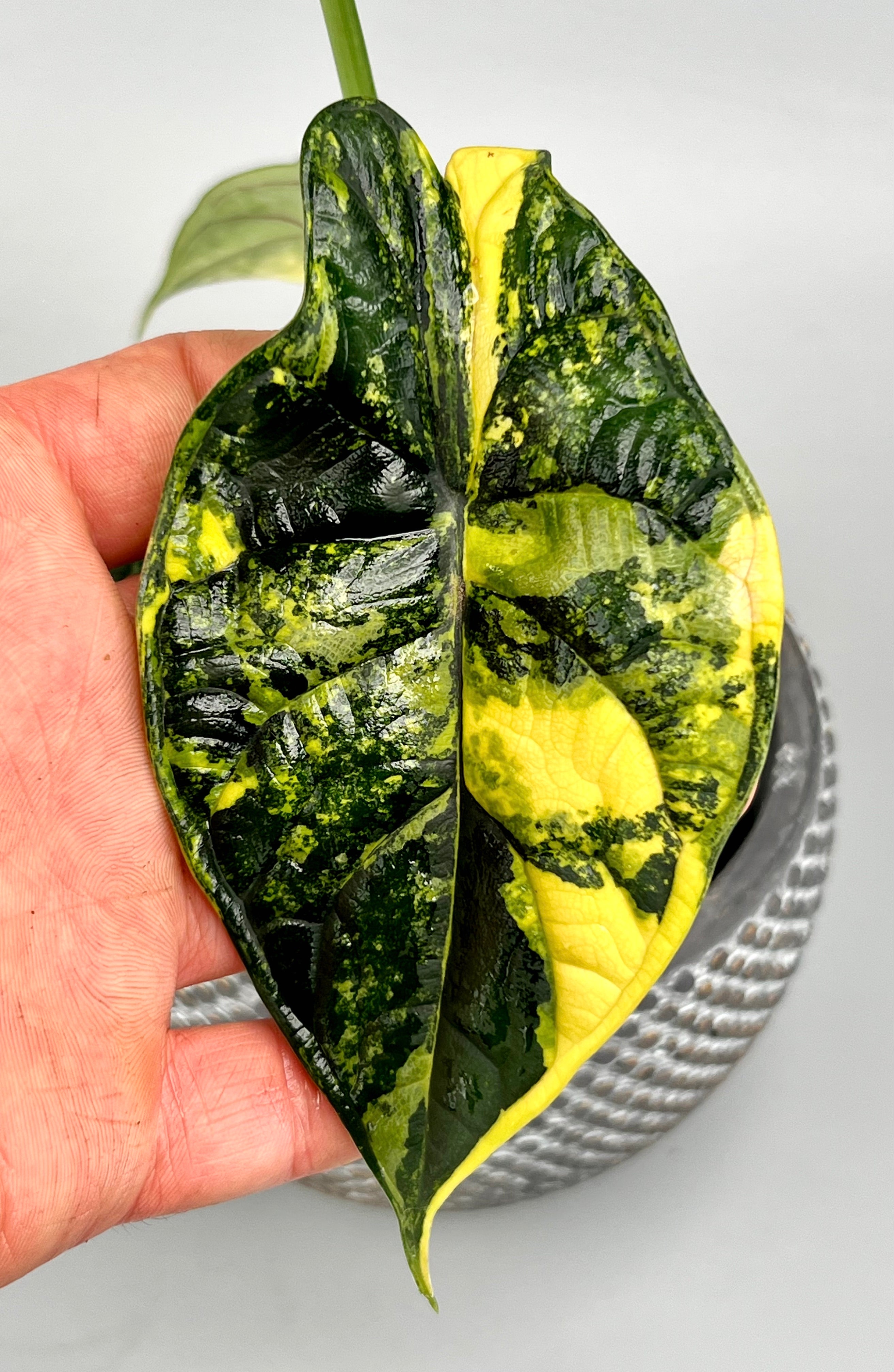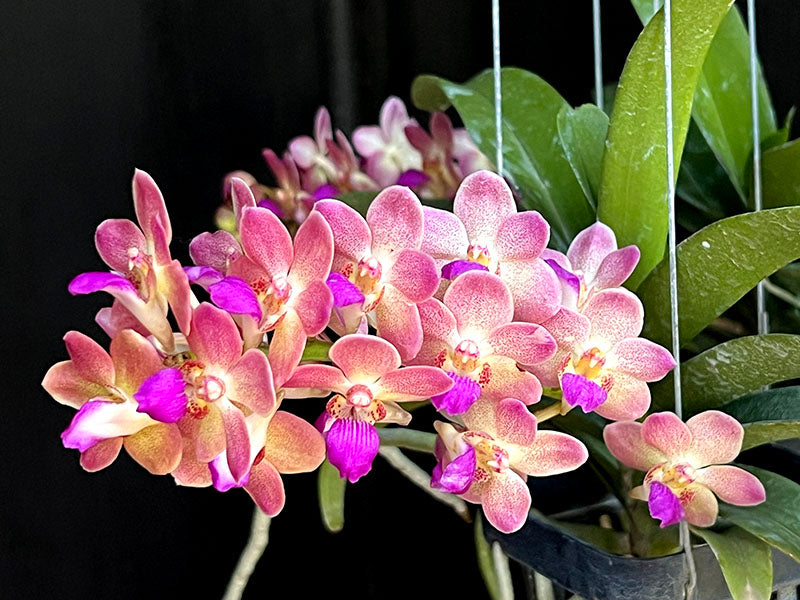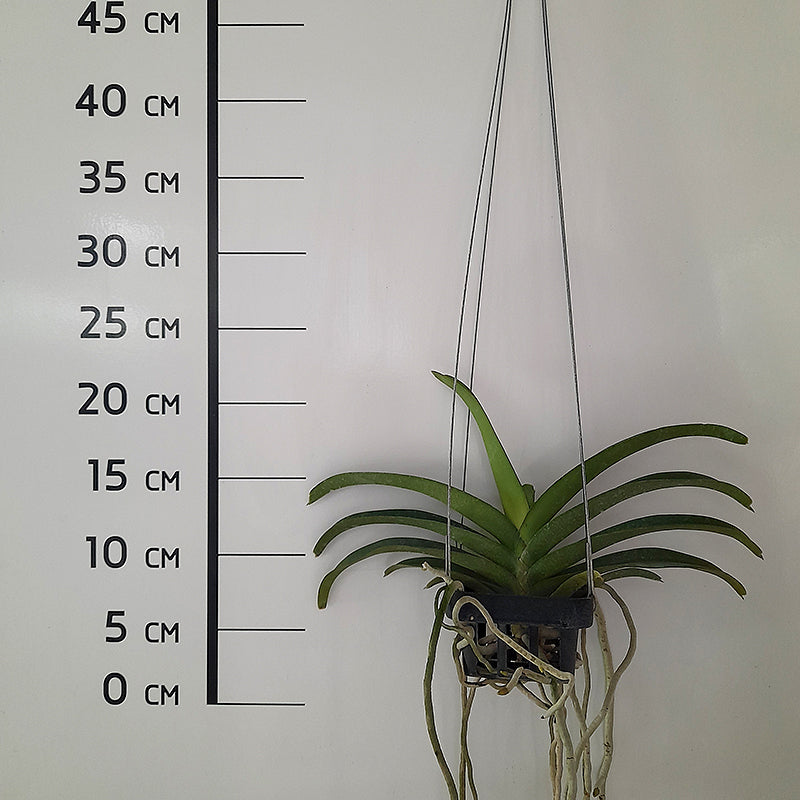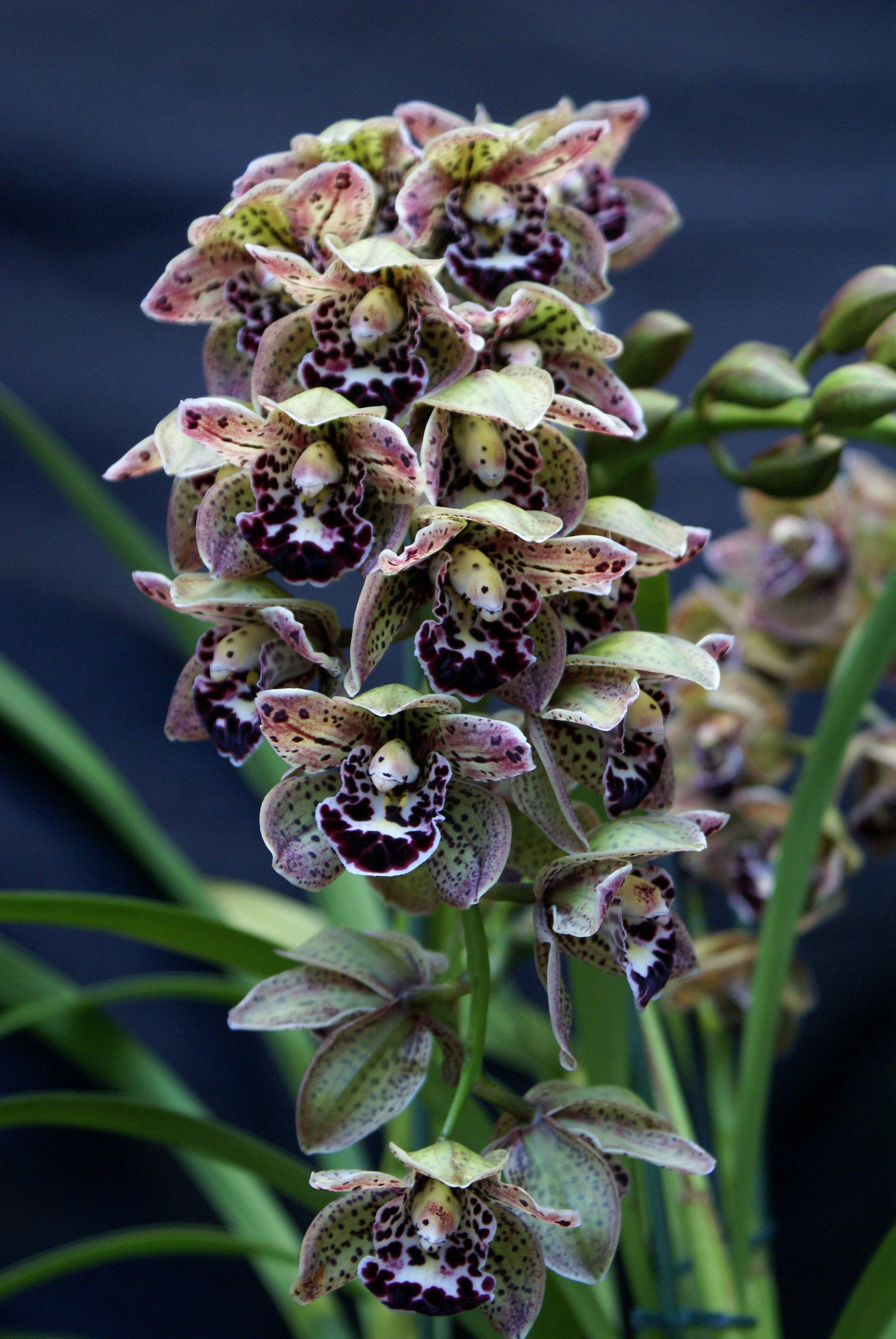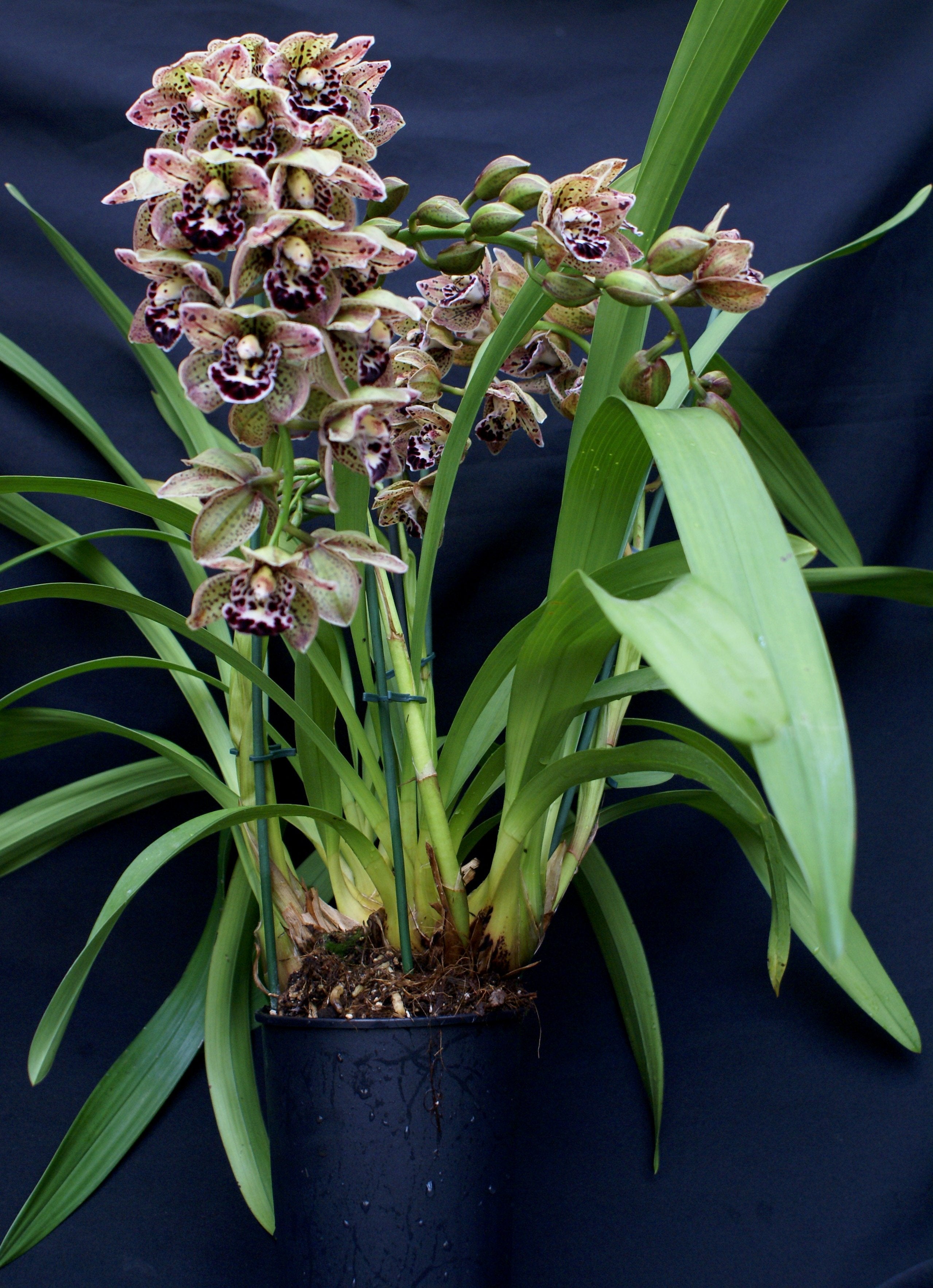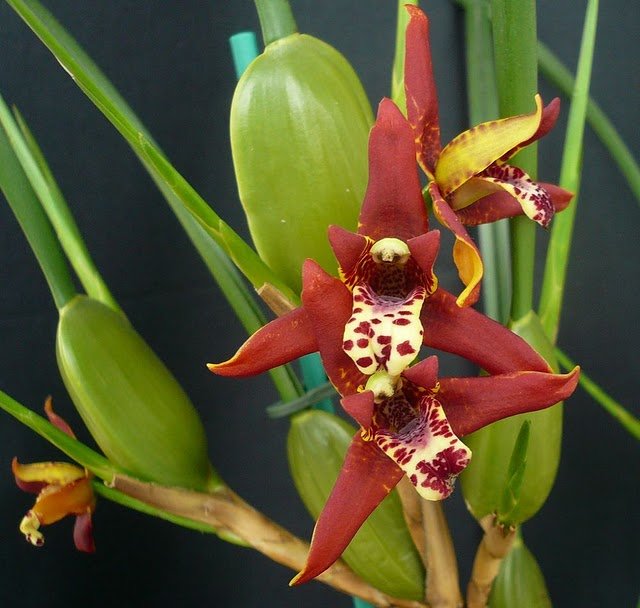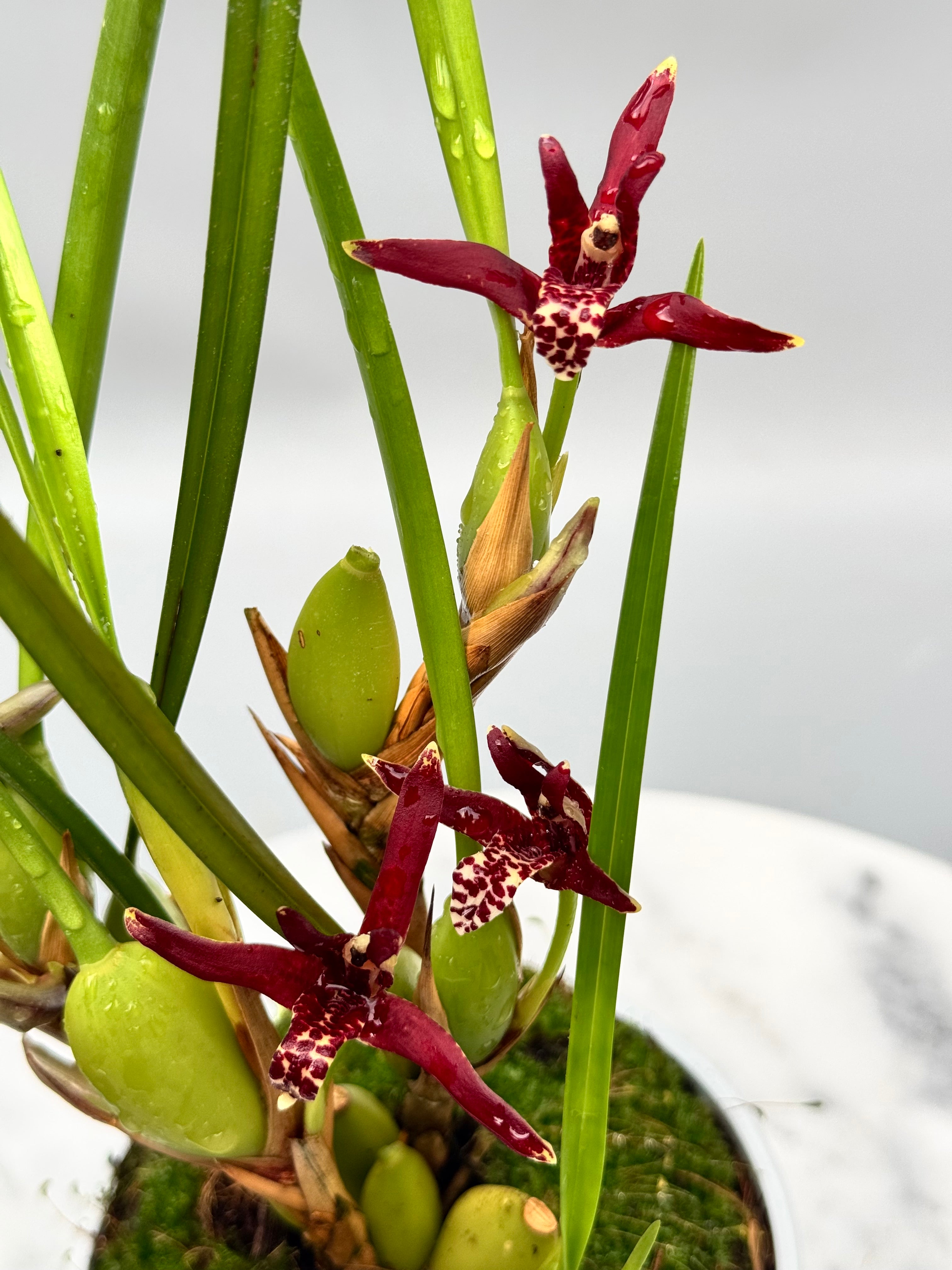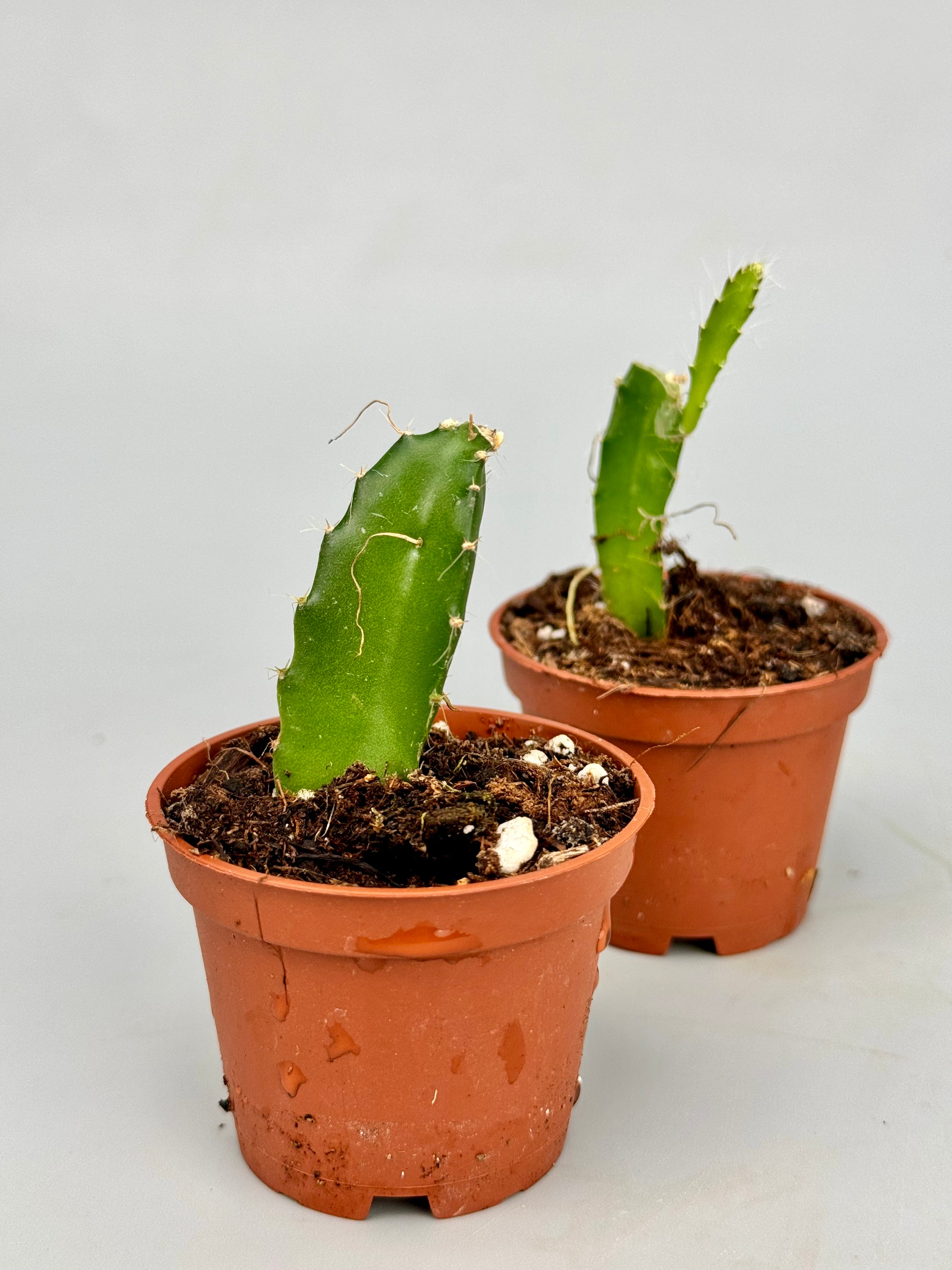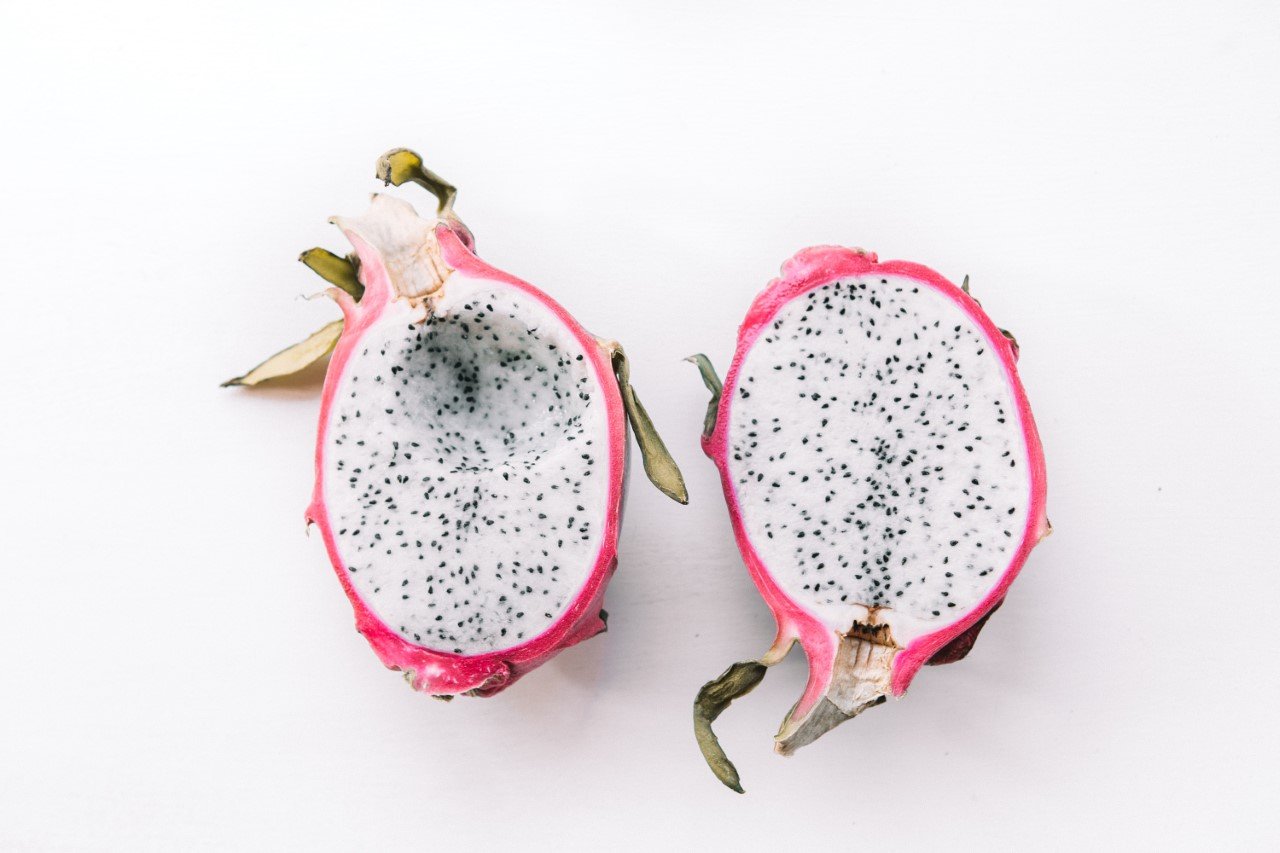Want to give your hallway or living room a stylish look? Then consider a luxury orchid as a centerpiece. With their elegant shapes, special flowers and refined colors, orchids are more than just houseplants. They give a room character and class. But how do you really make such a plant stand out? This blog tells you how to make a special orchid the radiant centerpiece of your interior.

Choose the right variety for your space
Not every orchid looks best in the middle of a room. Luxury hybrids such as Phalaenopsis Bellina hybrids, Paphiopedilum Maudiae types or rarer varieties such as Lycaste aromatica or Dendrobium nobile varieties are ideally suited for this purpose. They have striking flowers and a decorative appearance even outside of flowering.
Also pay attention to the flowering time. Some varieties bloom for weeks, while others stand out because of their leaf structure or growth habit. Want an attractive plant year-round? Then choose an orchid with ornamental foliage, such as a botanical Paphiopedilum.

Think about the location
A centerpiece is usually in a prominent place: on a column, in the middle of a large table or in the hall on a console. Make sure the orchid gets plenty of light here, but is not in direct sun. Many species like bright, filtered light. In a dark hallway? Then artificial light (such as a grow light in warm white) is a great solution.
Also watch out for drafts or heat sources such as radiators. Luxury orchids like stability. Therefore, avoid sudden temperature changes.

Care with an eye for detail
A striking plant not only attracts glances, but also requires some attention. Fortunately, care is easy to do if you know what to look out for:
Light
Bright, indirect light is ideal. Avoid bright midday sun, especially for species with thin leaves. A spot with morning or evening sun is often perfect.
Temperature
Most luxury orchids feel comfortable with room temperatures between 18 and 24 °C. It may be slightly cooler at night, especially for species that bloom better as a result.
Substrate
Use airy orchid bark that drains well. If necessary, add some sphagnum for extra moisture control in species that like it.
Humidity
A humidity of 55-75% is ideal. If necessary, place a bowl of water with some pebbles under the pot or use a humidifier.
Watering
Preferably use demineralized water. Let the substrate dry out between waterings, but never let the roots dry out completely. Dipping is often better than pouring.
Feed
Feed your orchid weekly during the growing season with a diluted orchid fertilizer (1/4 of the recommended dose). In the dormant period (often in winter) this may be less frequent.
Flowering
Flowering is the highlight of any orchid. Some species you can stimulate with a slight temperature drop between day and night. Others bloom naturally several times a year. Pay close attention to the species-specific blooms, and if necessary, prune back only spent flower stems.

Styling tips: make it an eye-catcher
- Choose an elegant pot or bowl that matches your interior but does not overshadow the plant.
- Work with height differences. For example, place your orchid on a pedestal or combine it with lower decorations.
- Use natural materials such as wood, ceramic or stone for a luxurious look without making it feel too "manufactured.
- Add moss or decorative bark on top of the substrate for a manicured look.
- Illuminate subtly, such as with a small spotlight or indirect lamp for extra ambiance in the evening hours.

Summary
A luxurious orchid as a centerpiece is not only a stylish choice, but also a way to show your love for special plants. With careful selection, proper care and proper placement and styling, your orchid will become a timeless and impressive focal point of the room.

